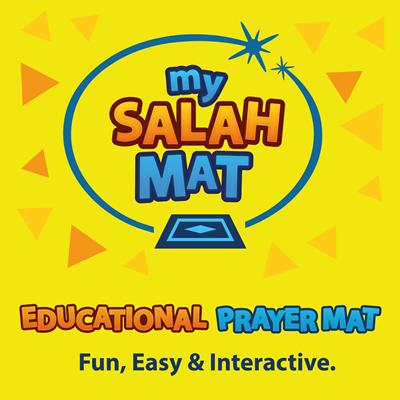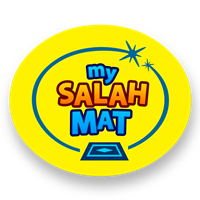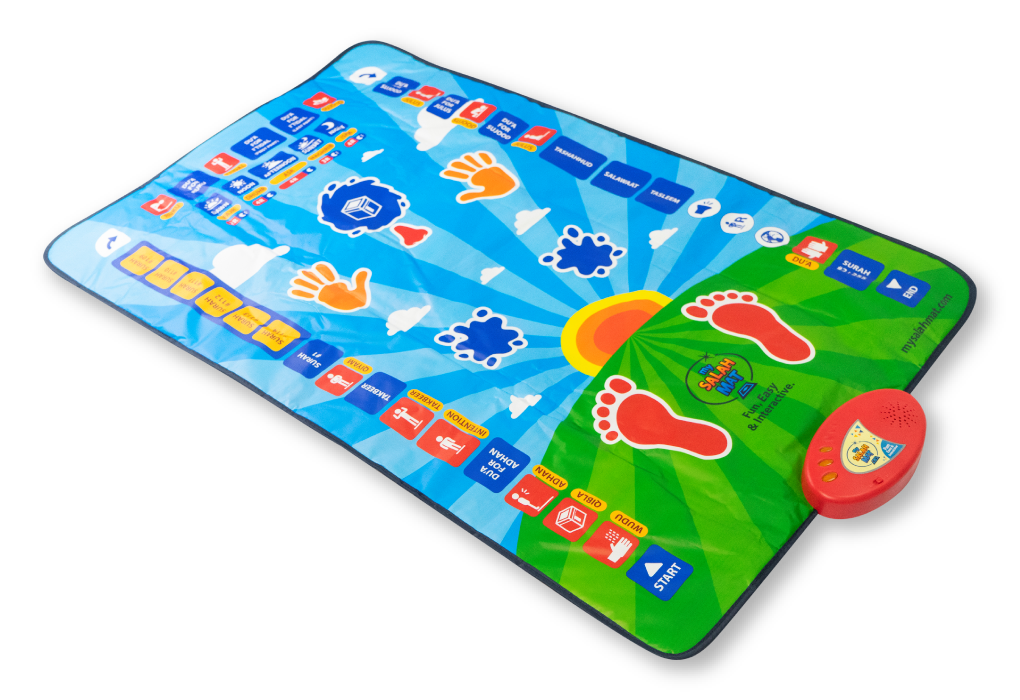How to Teach Arabic to Kids in 5 Simple Steps

Message from the writer: "Arabic is more than a language, it’s the doorway to understanding the Qur’an and connecting deeply with Allah’s words. In this blog, I want to share five simple, practical ways parents can introduce Arabic to children with love and curiosity. Whether your child is just starting or already showing interest, these steps will help make learning both joyful and meaningful."
Why Arabic Learning Should Start Early
Children are naturally curious. When Arabic is introduced early, it becomes a familiar and exciting part of daily life rather than a “subject” to study later. Starting young allows children to recognise sounds and patterns easily, building the foundation for Qur’anic reading and understanding.
Arabic connects children to their deen, helping them understand phrases they hear in salah or during recitation. By learning through play, children grow up viewing Arabic as something they enjoy, not something they fear.
“Indeed, We have sent it down as an Arabic Qur’an so that you may understand.”
(Surah Yusuf, 12:2)
This verse reminds us that Arabic is not just a language. It is the vessel through which Allah chose to reveal His final message. Helping children learn it brings them closer to understanding those divine words.

Bringing Arabic into Everyday Life
1. Use Arabic Keywords Based on Context
Children learn best through repetition and context. Use Arabic words for simple things at home, such as bait for house, maa’ for water, kitaab for book. Small switches build familiarity without overwhelming them.
Labeling items around the home with Arabic words or singing short songs about colours and animals makes language part of everyday conversation. Consistency is more effective than long lessons.
2. Connect Arabic to Faith
Arabic carries meaning that shapes a child’s spiritual understanding. Teach short Qur’anic words like Rahma (mercy) or Noor (light) and link them to daily life.
For example, when your child helps someone, remind them, “You showed rahma today.” This connection between word and action gives learning emotional depth.

3. Learn Through Play and Creativity
Arabic can be taught through drawing letters in sand, shaping them with playdough, or matching letters to sounds. Games and creativity transform memorisation into discovery.
When learning feels playful, children are more likely to remember and engage willingly. A few minutes a day of creative practice often leads to better progress than strict lessons.
4. Use Interactive Learning Tools
Screen-free, hands-on learning keeps young minds focused and engaged. The My Quran Pad is an excellent way to introduce Arabic letters through touch and sound. Each key recites a letter aloud, helping children hear and repeat pronunciation naturally.
Designed for ages 2 and up, it teaches the Arabic alphabet, beginner words, and short Surahs in a fun, tactile way. No screens required. For parents worried about too much tablet time, this is a beautiful alternative that keeps learning faith-focused and family-centred.
5. Encourage Praise and Patience
Learning Arabic takes time, and progress comes in small steps. Celebrate effort more than accuracy. A cheerful “Masha’Allah!” builds confidence and motivates children to keep learning.
Parents can set aside a few minutes each evening for review, pressing the letters together on the My Quran Pad or practising new words learned that week. Consistency nurtures connection.

Final Reflection
Teaching Arabic to children is one of the most rewarding gifts a parent can offer. It shapes identity, strengthens Iman, and opens hearts to the Qur’an. With patience, play, and the right tools, Arabic learning can become a joyful journey the whole family shares.
You may also like to read:
Why Is Allah Referred to as ‘He’ in the Qur'an?
Our Interactive Islamic Wall Art Has Arrived!
FAQs
1. What are some signs that my child is ready to start learning Arabic?
Children show readiness through curiosity. When they ask questions about words in Salah, recognise Arabic script, or mimic sounds they hear in recitation. Even toddlers who enjoy pressing buttons and repeating sounds can begin exploring Arabic through gentle exposure like songs or interactive pads.
2. How can I support Arabic learning if my child attends a non-Islamic school?
Create small moments of connection at home. Use Arabic words during playtime, listen to Qur’an recitations together in the car, or dedicate five minutes a day to learning a new letter. Tools like My Quran Pad help children stay connected to Arabic consistently, even outside a formal classroom setting.
3. What if parents don’t speak Arabic themselves?
You can still guide your child by learning together. Tools like My Quran Pad or simple online audio references help parents pronounce letters correctly while bonding with their child.
4. What makes My Quran Pad different from learning apps?
Unlike screen-based apps, the My Quran Pad offers hands-on, audio-guided learning. Children physically press each letter, hearing its correct pronunciation, which helps reduce screen time and improves focus.
5. Can My Quran Pad be used by non-Arabic speakers?
Yes. It’s ideal for beginners, including reverts or bilingual families. The device guides through Arabic letters, basic words, animals, and short Surahs, helping everyone learn together in a simple, joyful way.
















 Liquid error (snippets/@AlternatingContentX line 127): Could not find asset snippets/CustomTexts-.liquid
Liquid error (snippets/@AlternatingContentX line 127): Could not find asset snippets/CustomTexts-.liquid